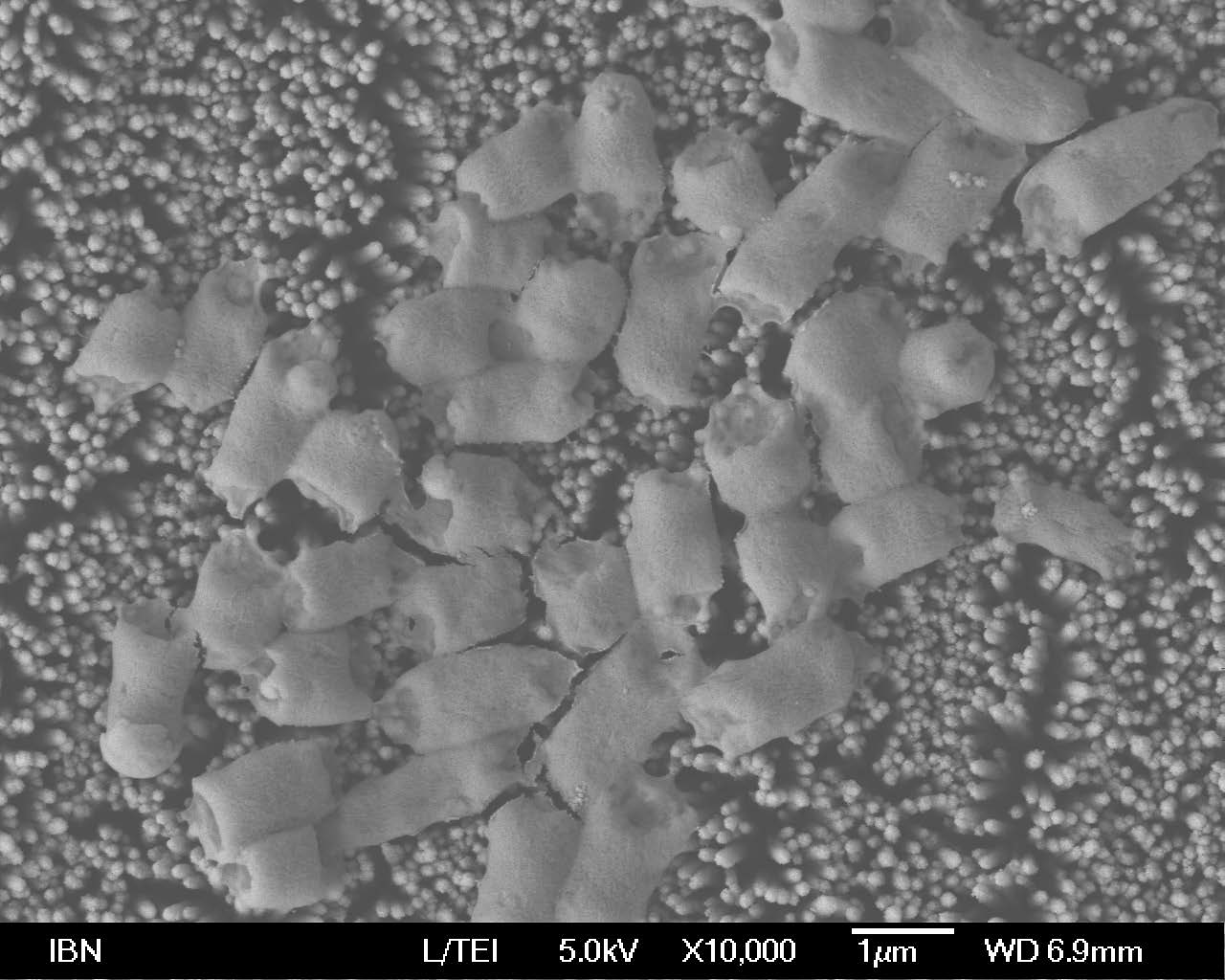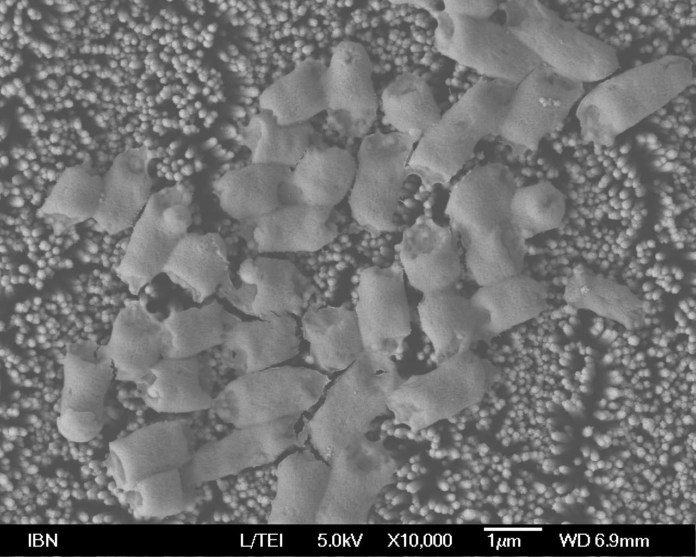SINGAPORE: The wings of dragonflies and cicadas inspired a group of researchers from A*STAR’s Institute of Bioengineering and Nanotechnology (IBN) to invent an anti-bacterial nano-coating that could be used to disinfect frequently touched surfaces such as door handles, tables and lift buttons.
In a news release on Wednesday (Mar 28), A*STAR said that studies have shown that the wings of these insects are covered in tiny structures called nanopillars, making them look like a bed of nails. When bacteria come into contact with these surfaces, their cell membranes get ripped apart immediately and they are killed.
Inspired by these studies, a group of IBN scientists grew nanopilllars of zinc oxide, a compound known for its anti-bacterial and non-toxic properties. The zinc oxide nanopillars can kill a broad range of germs like E. coli and S. aureus that are commonly transmitted from surface contact, according to A*STAR.
Their new research was recently published in the journal Small.
This technology will prove particularly useful in creating bacteria-free surfaces in places like hospitals and clinics, where sterilisation is important to help control the spread of infections, the agency said.

E. coli bacteria destroyed by the anti-bacterial coating made from zinc oxide nanopillars. (Photo: A*STAR)
A*STAR noted that 80 per cent of common infections are spread by hands, and said that while disinfecting commonly touched surfaces helps to reduce the spread of harmful germs in this way, it requires manual and repeated disinfection because germs grow rapidly.
Current disinfectants may also contain chemicals like triclosan which may lead to bacterial resistance and environmental contamination if used extensively, it stated in the media release.
“There is an urgent need for a better way to disinfect surfaces without causing bacterial resistance or harm to the environment. This will help us to prevent the transmission of infectious diseases from contact with surfaces,” IBN executive director Jackie Ying said.
Tests on ceramic, glass, titanium and zinc surfaces showed that the coating effectively killed up to 99.9 per cent of germs found on the surfaces.
“As the bacteria are killed mechanically rather than chemically, the use of the nano coating would not contribute to environmental pollution. Also, the bacteria will not be able to develop resistance as they are completely destroyed when their cell walls are pierced by the nanopillars upon contact,” A*STAR said in the media release.
In addition, the nano-coating worked best when it was applied on zinc surfaces, according to the agency. On zinc surfaces, the zinc oxide nanopillars in the coating could kill even nearby bacteria that were not in direct contact with the surface.
The researchers studied the effect of placing a piece of zinc that had been coated with zinc oxide nanopillars into water containing E. coli. All the bacteria were killed, suggesting that this material could potentially be used for water purification, it added.
The research team behind the invention is led by Dr Yugen Zhang. Dr Zhang said that the researchers hope to use the technology to create bacteria-free surfaces in a “safe, inexpensive and effective manner”, especially in places where germs tend to accumulate.
IBN has received a grant from the National Research Foundation to develop this coating technology, in collaboration with Tan Tock Seng Hospital, for commercial application over the next five years, according to the media release.





